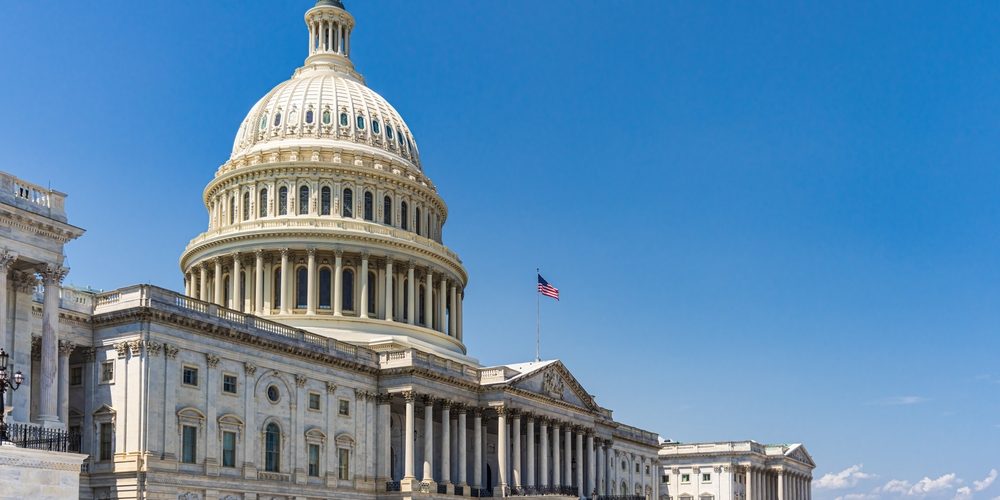Protecting the Gopher Tortoise: Efforts to Safeguard a Florida Threatened Species Hello to all our valued readers and conservation enthusiasts, As the CEO of the Mitigation Banking Group, I am committed to promoting awareness and action towards the protection of Florida’s diverse wildlife. Today, I want to discuss a vital member of our ecosystem, the gopher tortoise (Gopherus polyphemus), a species recognized as threatened in our state. Gopher Tortoise Day Recap We just celebrated Gopher Tortoise Day last month, but It’s never
U.S. Army Corps Partners with Florida Power & Light to Enhance Permit Processing The U.S. Army Corps of Engineers Jacksonville District is proposing to accept and expend funds from Florida Power & Light Company to expedite processing of their Department of the Army permit applications. The funds would be used to augment the budget of the Corps in accordance with the provisions of Section 214. The Corps Regulatory Program is funded as a Congressionally appropriated line item in the annual Federal budget. The
Combating the Burmese Python Threat in Florida’s Ecosystems Greetings to our dedicated followers and partners in environmental conservation, At the Mitigation Banking Group, we continually strive to support and highlight efforts that protect and restore our natural ecosystems. Today, I am drawing your attention to a critical issue affecting Florida’s biodiversity: the invasive Burmese python. The Growing Threat Florida’s lush landscapes are under siege by one of the most challenging invasive species to control—the Burmese python. These non-native snakes pose a significant threat to
Hello to all our followers and partners in sustainability, As the CEO of the Mitigation Banking Group, I am always eager to share updates that impact our environment and the regulatory landscape we navigate. Today, I’m highlighting a significant advancement in environmental stewardship from Orange County, Florida—a place where we, too, have deep-rooted interests and commitments. Recently, Orange County has taken a bold step to bolster the protection of its wetlands, those vital natural systems often dubbed the earth’s kidneys due
Navigating the Waters: The Ongoing Saga of Florida’s State 404 Permitting Program In the ever-evolving landscape of environmental regulation, Florida’s State 404 Permitting Program has recently undergone significant judicial scrutiny. As the CEO of the Mitigation Banking Group, I’m here to provide a detailed update on the recent court rulings and subsequent actions that have substantial implications for wetland permitting in our state. On April 23rd, a pivotal decision was made by Federal District Court Judge Moss regarding Florida’s Clean Water Act
New Water & Environmental Programs in Florida Florida’s focus on water and environmental programs has increased recently, with the ratification of the statewide stormwater rule and the opening of Florida rules regarding Water Quality Credit Trading (WQCT) and Water Quality Enhancement Areas (WQEA). Learn more about this topic in Episode 12 of the Florida Specifier Podcast featuring the Editorial Board. Check it out here: https://floridaspecifier.com/podcast/episode-12-editorial-board/ WQCT and WQEA Rulemaking Update: https://floridadep.gov/water/engineering-hydrology-geology/documents/wqea-rule-draft-march-2024
Wetland Mitigation Law and Procedure Webinar On April 11, 2024, professionals across various environmental disciplines are gearing up for the Wetland Mitigation Law and Procedure webinar. This webinar is a great way to gain knowledge, insights, and innovations from leaders in wetland science, mitigation banking, and environmental law. Complete the form to access the webinar. hbspt.forms.create({ region: "na1", portalId: "6970733", formId: "2a0d0d5c-d461-4b35-83ad-dced7741e90f" }); Wetland Science and Wetland History in the
The Future is Green: Unpacking the 2024 Global Outlook for Environmental Consulting Services In a landscape where environmental sustainability becomes increasingly paramount, the Global Environmental Consulting Services Market stands as a testament to the sector’s burgeoning demand and potential. Estimated at $35.7 billion in 2022, the market is on a trajectory to reach an impressive $65.1 billion by 2030. This anticipated growth, averaging a 7.8% CAGR, mirrors the escalating global commitment to addressing environmental challenges through expert consulting services. Central to this
Explore how the Energy and Water Development Appropriation Act 2024 influences mitigation banking. Learn how Congress is urging the U.S. Army Corps of Engineers to enhance efficiency in credit releases.
Florida Association of Environmental Professionals Symposium and NEPA Essentials Workshop in April 2024 Early Bird Registration is now open for the 2024 Florida Association of Environmental Professionals Annual Symposium (April 25 & 26, 2024) along with the NEPA Essentials Workshop (April 24, 2024) at the B Resort & Spa in Lake Buena Vista, Florida. Click Here to Register! What to Expect: Expert sessions on Listed Species, Restoration, Due Diligence, PFAS, Geospatial and the Environment, Solid Waste, Cultural Resources, Environmental Compliance, and more. Learn














